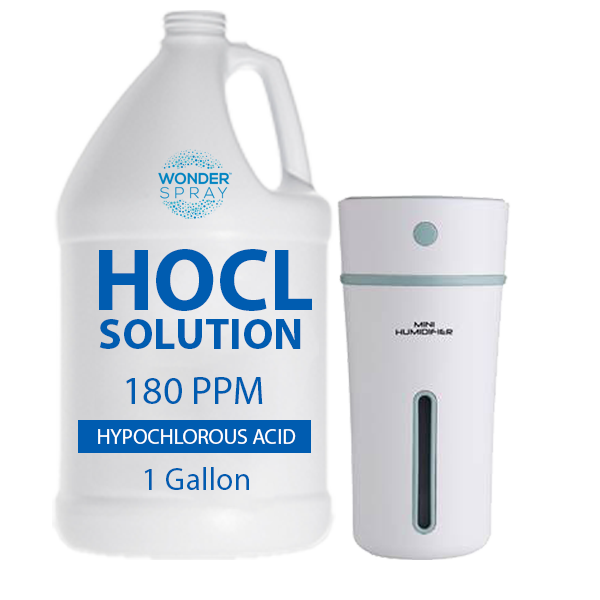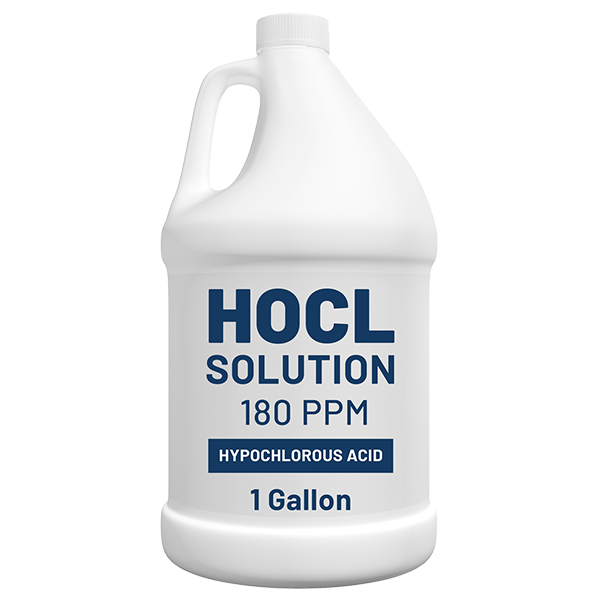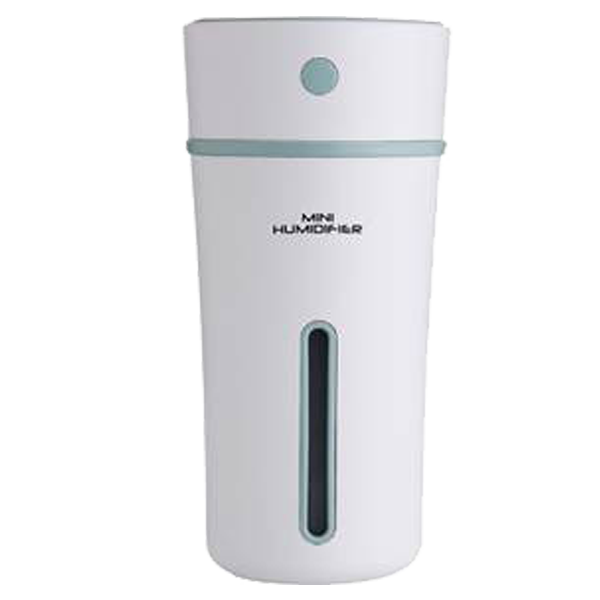Dissecting HOCl Molecular Geometry: Insights and Implications and its Benefits
Hypochlorous acid (HOCl) is a weak acid that is widely used as a disinfectant and sanitizer due to its potent antimicrobial activity. It is also an important molecule in the human immune system, where it plays a crucial role in oxidizing and eliminating pathogens. Understanding the molecular geometry of HOCl is essential for elucidating its chemical and biochemical properties, as well as for developing more effective and safer disinfectants and therapeutics. In this article, we will dissect the molecular geometry of HOCl, discuss its insights and implications, and explore its benefits.
The molecular formula of HOCl is HClO, which consists of a hydrogen atom (H), a chlorine atom (Cl), and an oxygen atom (O). The central atom in HOCl is the oxygen atom, which has six valence electrons. The hydrogen atom contributes one valence electron, while the chlorine atom has seven valence electrons. Therefore, the total number of valence electrons in HOCl is 14 (6+1+7).
To determine the molecular geometry of HOCl, we need to follow the valence shell electron pair repulsion (VSEPR) theory. According to this theory, the electrons in the valence shell of an atom tend to repel each other, and they will arrange themselves in a way that minimizes the repulsion. Therefore, the electron pairs around the central atom will be arranged in a manner that maximizes their separation.
In the case of HOCl, there are two possible molecular geometries: linear and bent. The linear geometry corresponds to a molecule in which the atoms are arranged in a straight line, while the bent geometry corresponds to a molecule in which the atoms are arranged in a V-shape.
To determine which geometry is more stable, we need to count the number of electron pairs around the central atom and determine their distribution. In the case of HOCl, there are four electron pairs around the oxygen atom: two bonding electron pairs (O-H and O-Cl) and two lone pairs. According to VSEPR theory, the bonding electron pairs repel each other more strongly than the bonding-lone pairs, while the lone-lone pairs repel each other the most. Therefore, the electron pairs will tend to arrange themselves in a way that maximizes their separation.
If we arrange the electron pairs in a linear sequence, we get a linear molecular geometry, where the H-O-Cl angle is 180 degrees. However, this arrangement puts the lone pairs in close proximity, leading to more repulsion. Therefore, the bent geometry, where the H-O-Cl angle is about 110 degrees, is more stable.
The bent geometry of HOCl has several insights and implications. First, it explains why HOCl has a dipole moment, which means that it has a partial positive charge on the hydrogen atom and a partial negative charge on the oxygen and chlorine atoms. This property is due to the asymmetry of the molecule, which creates an electric field. The dipole moment of HOCl is important for its chemical reactivity and interaction with other molecules.
Second, the bent geometry of HOCl affects its acidity and basicity. The acid-base properties of a molecule depend on the ability of its atoms to donate or accept electrons. In HOCl, the oxygen atom is more electronegative than the chlorine atom, which makes it a proton acceptor (Lewis base) and the chlorine atom a proton donor (Lewis acid). Therefore, HOCl is a weak acid that can donate protons to water molecules or accept electrons from nucleophilic species.
Third, the bent geometry of HOCl influences its interaction with biological molecules. HOCl is a potent oxidant that can react with and modify biomolecules such as proteins, lipids, and DNA. The bent shape of HOCl allows it to access cavities and crevices in biomolecules, where it can react with specific amino acid residues or nucleotides. This property is important for the immune system’s ability to eliminate pathogens and for the development of targeted therapies.
The molecular geometry of HOCl has several benefits for society and human health. First, a better understanding of the molecular geometry of HOCl can lead to the development of more effective and safer disinfectants and sanitizers. HOCl is a potent antimicrobial agent that can kill a wide range of pathogens, including bacteria, viruses, and fungi. However, its use as a disinfectant is limited by its high reactivity and potential toxicity. By modifying the molecular structure of HOCl, it may be possible to increase its stability and specificity while reducing its toxicity.
Second, the molecular geometry of HOCl can be exploited for the development of novel therapeutic strategies. HOCl has been shown to have anti-inflammatory, anti-tumor, and anti-microbial properties, which make it a promising candidate for the treatment of various diseases. However, the specificity and potency of HOCl-based therapeutics depend on their ability to target specific biomolecules while avoiding off-target effects. By designing HOCl-based molecules with specific molecular geometries, it may be possible to enhance their therapeutic potential and reduce their side effects.
In conclusion, the molecular geometry of HOCl is a crucial determinant of its chemical and biochemical properties, as well as its interaction with other molecules. The bent geometry of HOCl has several insights and implications for its acid-base properties, reactivity, and specificity, which can be harnessed for the development of more effective and safer disinfectants and therapeutics. A better understanding of the molecular geometry of HOCl can open new avenues for research and innovation in the fields of chemistry, biology, and medicine.










